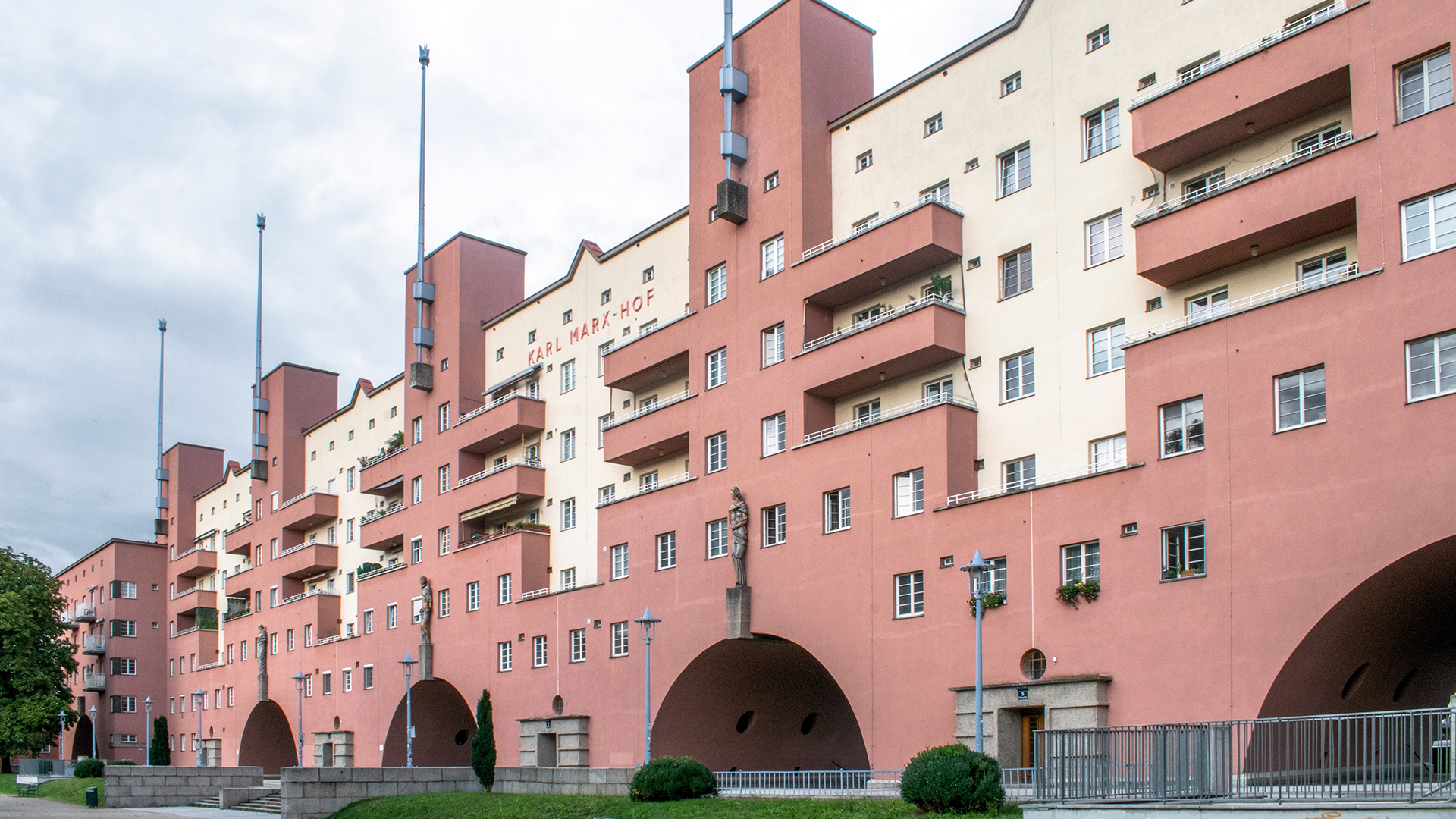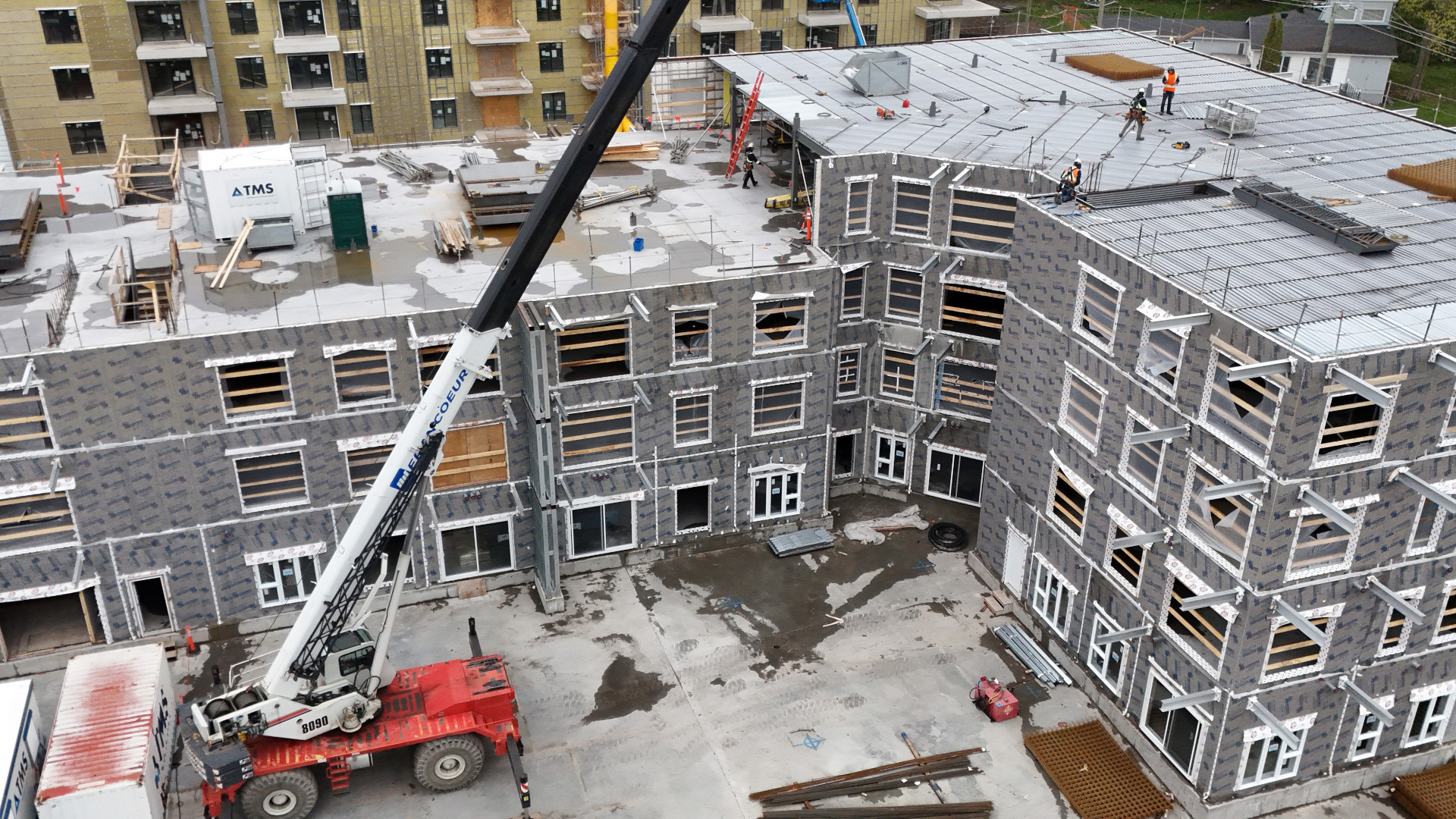
(Version française disponible ici)
Vienna is consistently ranked as the world’s most livable city. Its housing policy is regularly hailed as a renter’s utopia. It’s also a city that I – the son of Viennese parents forced to flee their beloved city after the 1938 Anschluss (the takeover by Nazi Germany) – love and that is indeed unparalleled for the quality of its urban life and environment.
Montreal’s mayor, Valérie Plante, made a pilgrimage to Vienna last year in search of solutions to her city’s growing housing crisis. But how useful is the Viennese model of public production and subsidization of housing for Canadian cities?
The evidence suggests Vienna has not been more successful in coming to terms with the underlying drivers of the current worldwide housing crisis. Its previous admirable success in keeping rents low for decades was the result of distinct historical conditions.
At the start of the First World War, Vienna had a metropolitan population of more than two million and was growing at breakneck speed (figure 1). Vienna was then the capital and centre of the rapidly urbanizing Austro-Hungarian empire of 50 million. Locals foresaw a population of six million in the not-too-distant future.
With admirable foresight, planners under a municipal government with the powers and territory worthy of an imperial capital laid the foundations for a growing metropolis: tramway routes, land for development and accompanying infrastructure.
However, the breakup of the empire after it was on the losing side of the First World War put an abrupt end to the growth of Vienna, suddenly the oversized capital of a mini republic whose total population was six million.
The city then began a long period of population decline that would last 70 years. Only after the fall of the Berlin Wall in 1989 did Vienna’s population start to grow again as it became a favoured destination for immigrants from Eastern Europe.
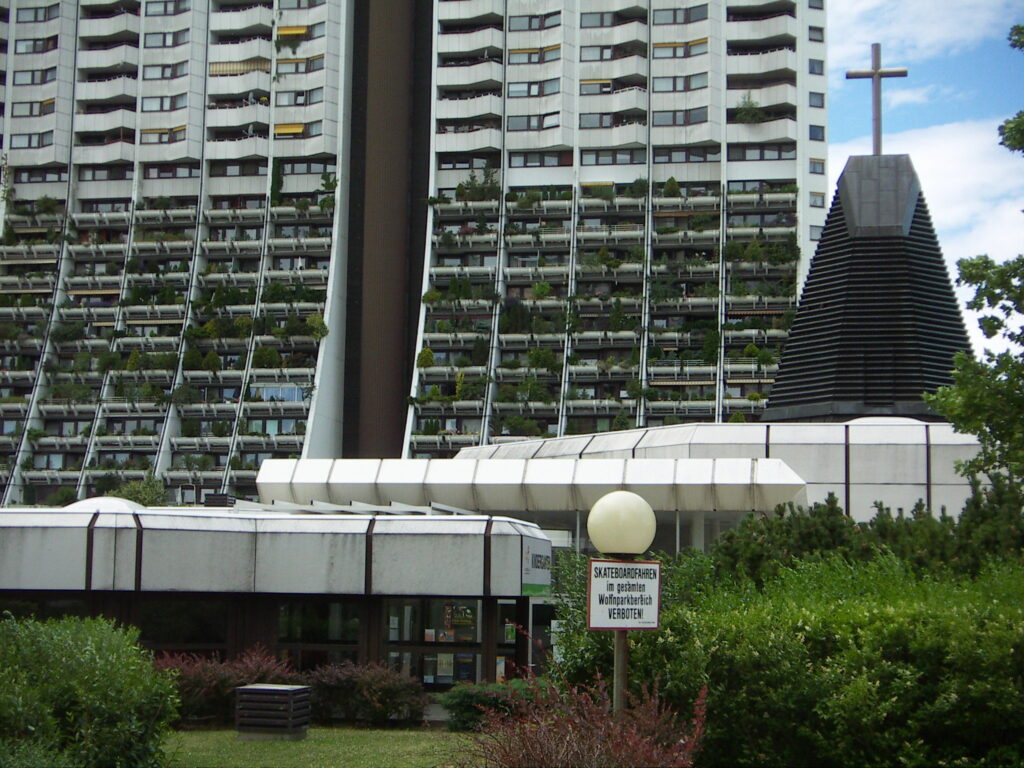
Red Vienna
After the war, Vienna thus found itself (with hindsight) in the enviable position of having a government with the taxing and regulatory powers of a Land (the equivalent of a Canadian province) as well as the land and infrastructure to accommodate development for the next two generations.
As the former imperial capital, it was also blessed with a legacy of parks, monuments and cultural institutions, which remain hallmarks of its livability.
But the first years following the war were marked by galloping inflation, unemployment and social unrest. In 1919, the Viennese elected a socialist government full of idealistic fervour in an era that gave rise to the name Red Vienna. The party has ruled the city ever since except for 1934-45, when fascists or Nazis were in control.
Let’s stop calling it a housing crisis
The Liberal government’s unshakable support for private housing markets
The socialists immediately embarked on a bold social experiment that became a beacon for utopian urban planners – a massive, subsidized housing-construction program financed by a tax on luxury goods and services. Some 65,000 units were built between 1920 and 1934. This was more than a housing policy; it was also a program of collective betterment.
The majority of the projects also had schools, daycares, clinics, gyms and playgrounds. Europe’s most prestigious architects were recruited to design buildings – a far cry from the monotonous units generally associated with publicly built housing. Quality of design remains a hallmark of Vienna’s housing model.
However, here we come to a common misconception: it is not and never was a social housing program targeted at low-income households. It was for all Viennese and has remained so.
“Subsidized housing is not cheap housing for low-income populations. It is an integral part of the city’s public service obligations,” Patricia Raschek, senior secretary of Vienna’s Socialist Party, said in July 2023.
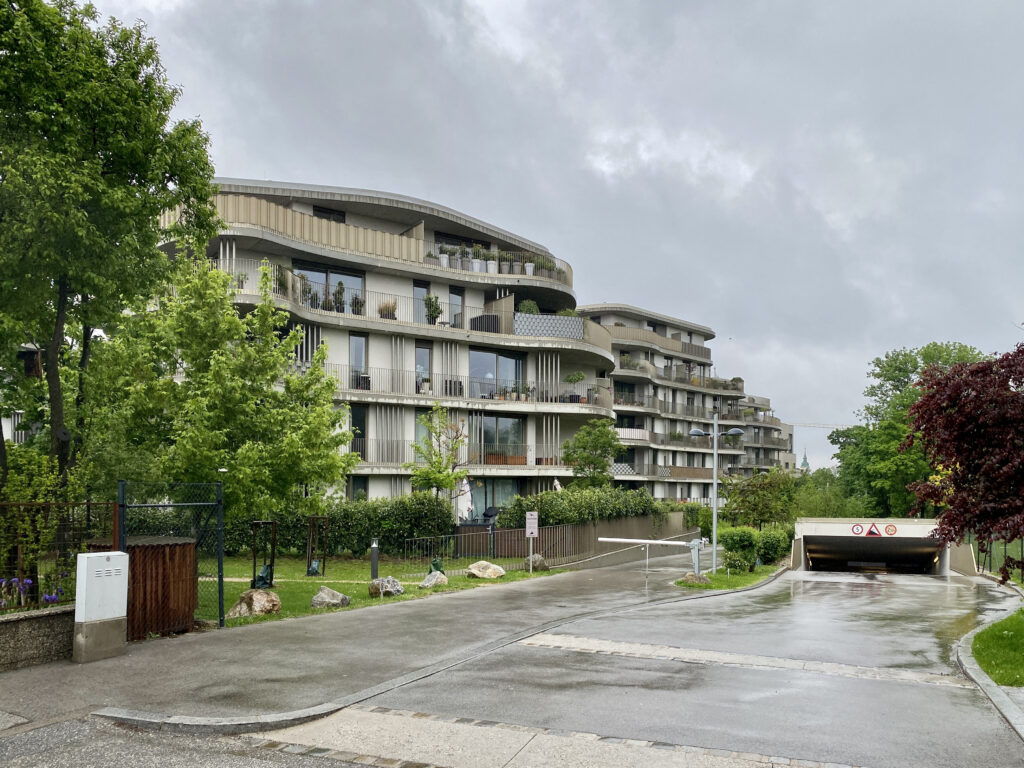
A broad-based, but not simple, program
This subsidized housing is seen as a public obligation like education and is accessible to all except the very rich. Currently, all households of at least two people with an annual after-tax income of 85,830 euros ($126,000 Cdn) or less are eligible, which covers about 75 per cent of the Viennese population.
Subsidized housing comes in two shapes: municipal housing (Gemeindebau) or buildings managed by non-profit housing associations (NPHAs). The former are the heirs of the great projects of Red Vienna, with much of its housing stock built before the Second World War. The latter encompasses various non-profit organizations with rents calculated on a cost-recovery basis.
According to the 2022 microcensus, about 43 per cent of all Viennese households (representing 56 per cent of all renters) live in subsidized housing – 20.7 per cent in Gemeindebau and 22 per cent in NPHAs.
A basic premise underlying the Viennese model is that competition from the subsidized sector drives down rents in the private sector. Austrian studies suggest that the damping effect varies between five per cent and 20 per cent depending on local conditions.
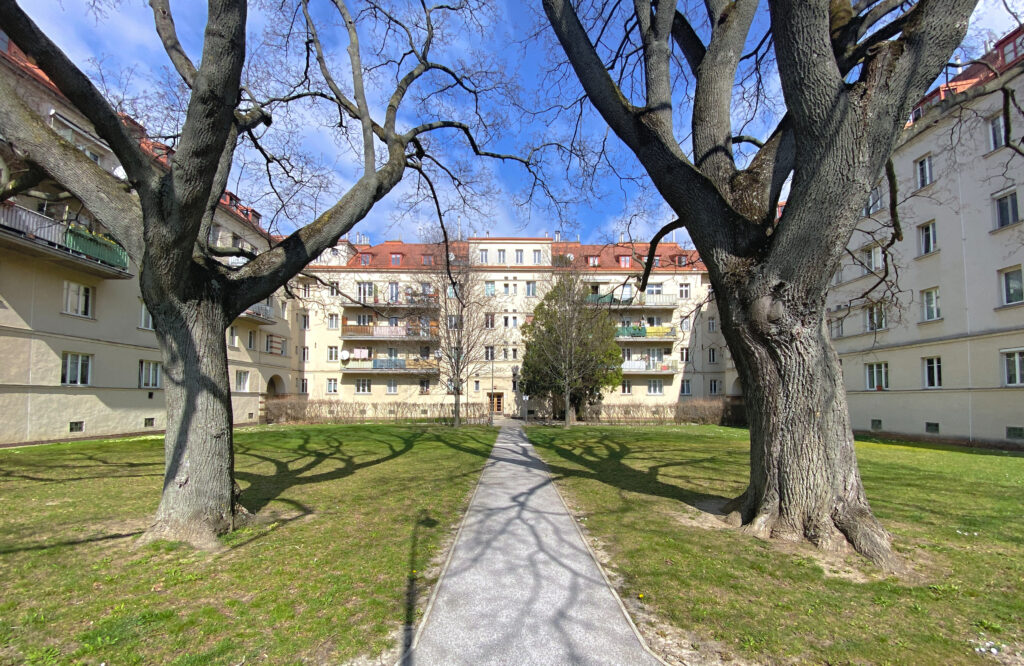
The mix of Gemeindebau and NPHAs has changed over time. The city stopped building Gemeindebau in 2005 because it had become a financial burden with an accumulated debt of $1.3 billion – the result of sticky rents (i.e., not easy to raise) and the high maintenance and renovation costs of aging stock.
Some Gemeindebau construction has resumed but it remains marginal. Today, NPHAs build most subsidized housing with subsidies from the city and federal government, mainly in the form of soft loans.
Access, as with any public service, is via an administrative mechanism, in this case a municipal agency. Applicants must be Austrian or EU citizens and a resident of Vienna for two years. At last reading, some 25,000 Viennese were on waiting lists with approval times varying between two months and two years.
A fast-track approval path exists for lower-income households for smaller, lower-rent units called “smart dwellings,” which come closest to true social housing and account for about 20 per cent of allocated units.
A further source of complexity is how rents are set and monitored. Rent-control directives vary depending on the age and type of subsidized/non-subsidized building. In principle, rent increases should not exceed inflation but need to account for renovation costs.
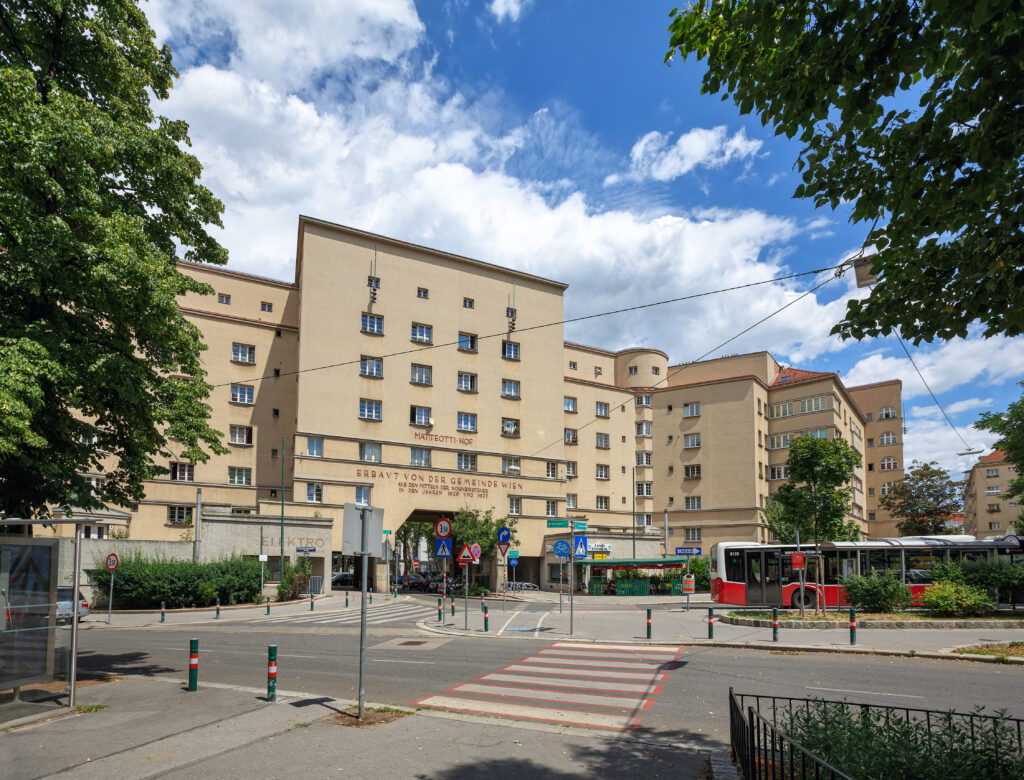
Better than Toronto, but not Montreal
Comparing rents between nations is a statistical nightmare because of different costs and calculations. For example, Viennese renters must make equity downpayments, but these are not included in published rent statistics.
However, using 2021 census data, average monthly rents in Vienna, Montreal and Toronto were respectively $857, $984 and $1,678.
The most commonly used measure of affordability, though, is the ratio of shelter costs to household income. The percentage of all households spending more than 30 per cent of income on shelter costs was respectively 32 per cent, 20 per cent and 31 per cent.
Affordable, secure and adequate housing as an economic strategy
Considering only renter households, the figures for Montreal and Toronto were 28 per cent and 41 per cent. There is no comparable data for Vienna. However, because the percentage of renters is systematically above that for all households, we can safely assume that the Viennese percentage for renters is in the upper 30s – slightly better than Toronto, but worse than Montreal.
Which brings us to the current housing crisis.
Average Viennese rents have risen by one-third since 2015, with the sharpest increases since 2021. The underlying dynamics are no different from Montreal or Toronto – a growing population plus anemic housing supply (figure 1).
Given projected population growth and construction, recent estimates foresee a shortfall of 110,000 dwellings for Vienna by 2030.
“Vienna is currently in the throes of a severe housing shortage: too few apartments, high rents, and few affordable units. Many households feel vulnerable, unable to find suitable lodgings,” reads one quote from a Viennese housing site that could well have been written for Montreal or Toronto.
Why should this not surprise us?
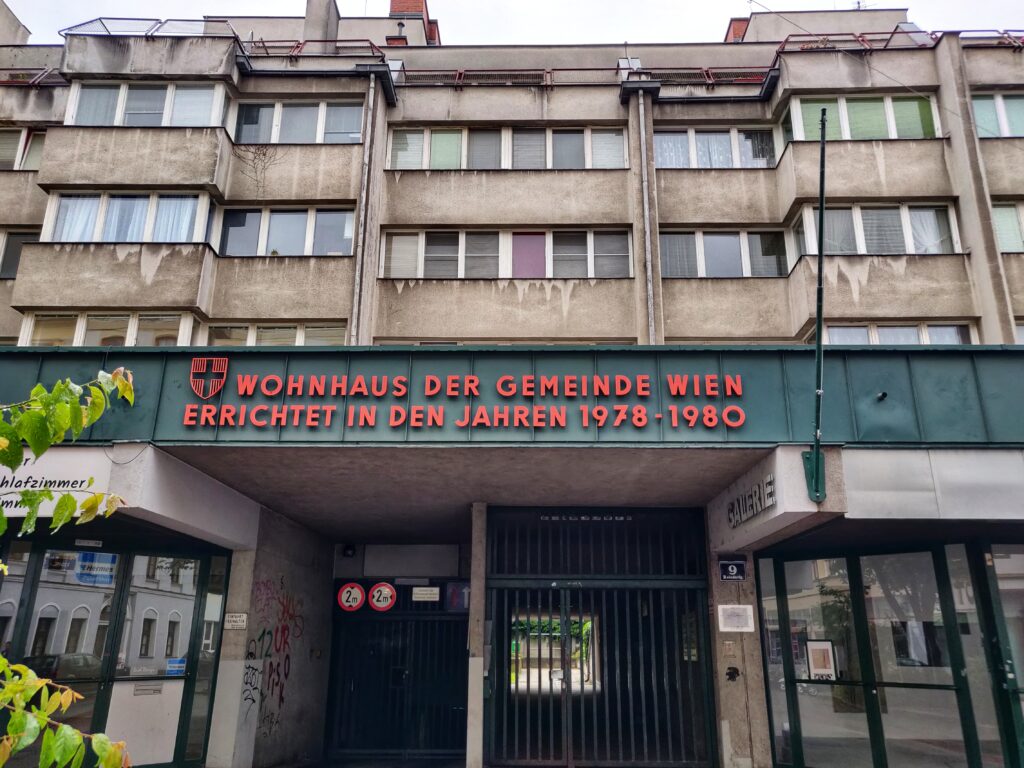
Similar causes produce similar results
There are several lessons here for Canadian cities.
- Even though housing is subsidized, rising labour, construction and financing costs mean rising rents. The flipside of the commendable quality of Viennese subsidized housing (rents established on a cost-recovery basis) is matching rents. Subsidies can go only so far in keeping rents below costs.
- Subsidized housing necessarily means eligibility conditions. Recent immigrants and non-citizens are not eligible in Vienna. Assuming that an increase in the share of subsidized housing is a desirable objective for Canadian cities, how open should access be in terms of residency and income requirements?
- Vienna demonstrates yet again that no ideal rent-control model exists for equitably balancing authorized rent increases and necessary maintenance and renovation costs, which can become a political minefield. Where rents are open to political intervention, as was the case for municipal Gemeindebau, rents risk falling below costs, which largely explains the shift to autonomous NPHAs – a cautionary tale for Canadian cities tempted to directly undertake housing construction.
Bottom line: Vienna’s model does not rescind the law of supply and demand. Vienna was able to keep costs low for many years in large part because demand remained low. That no longer holds true. The Viennese model does not, any more than the model of Canadian cities, guarantee that new housing construction will effectively follow demand. Indeed, Vienna’s commendable attention to urbanism, consultation and design can mean longer lead times for construction.





